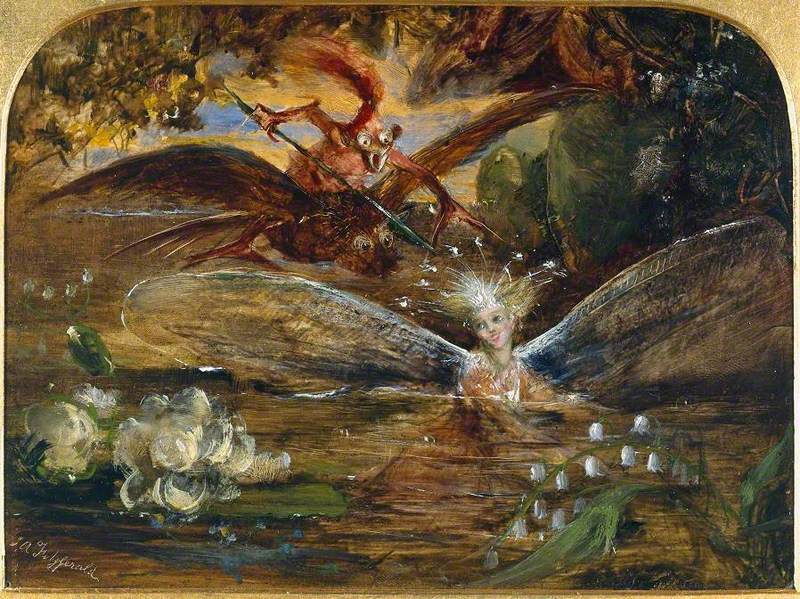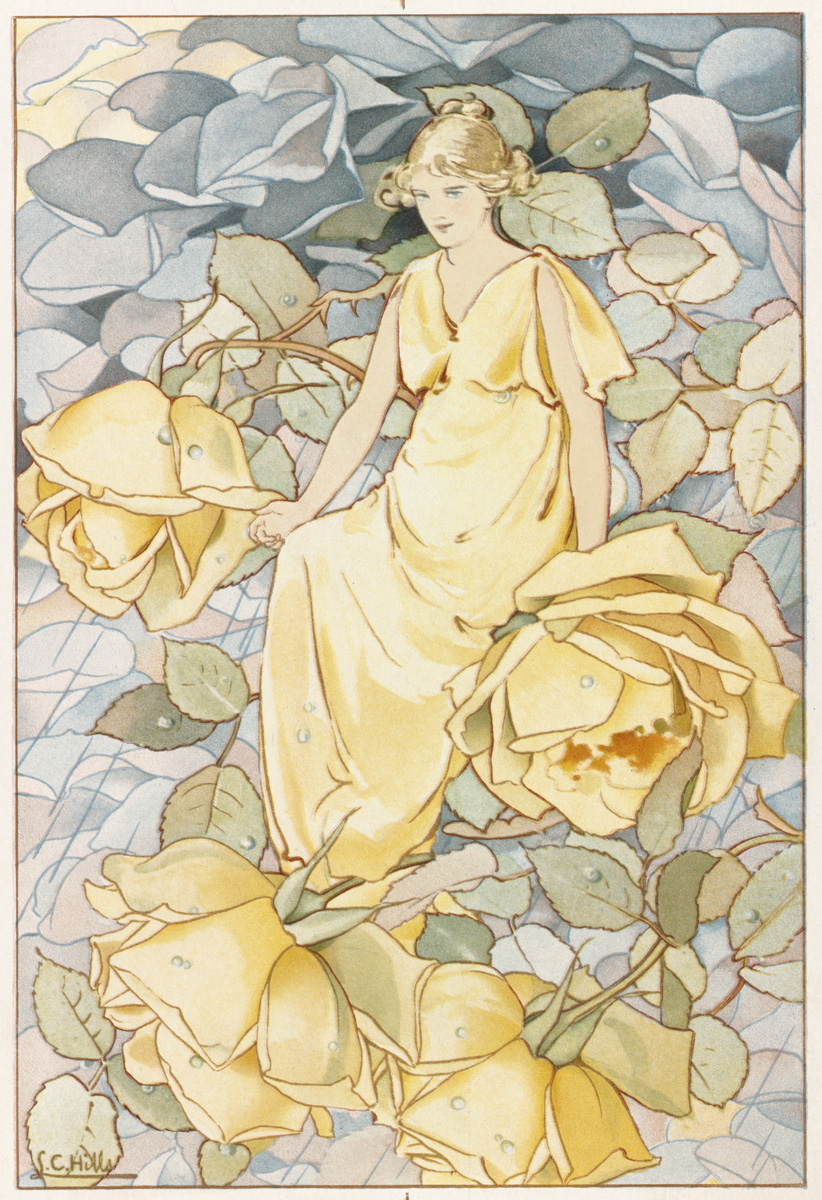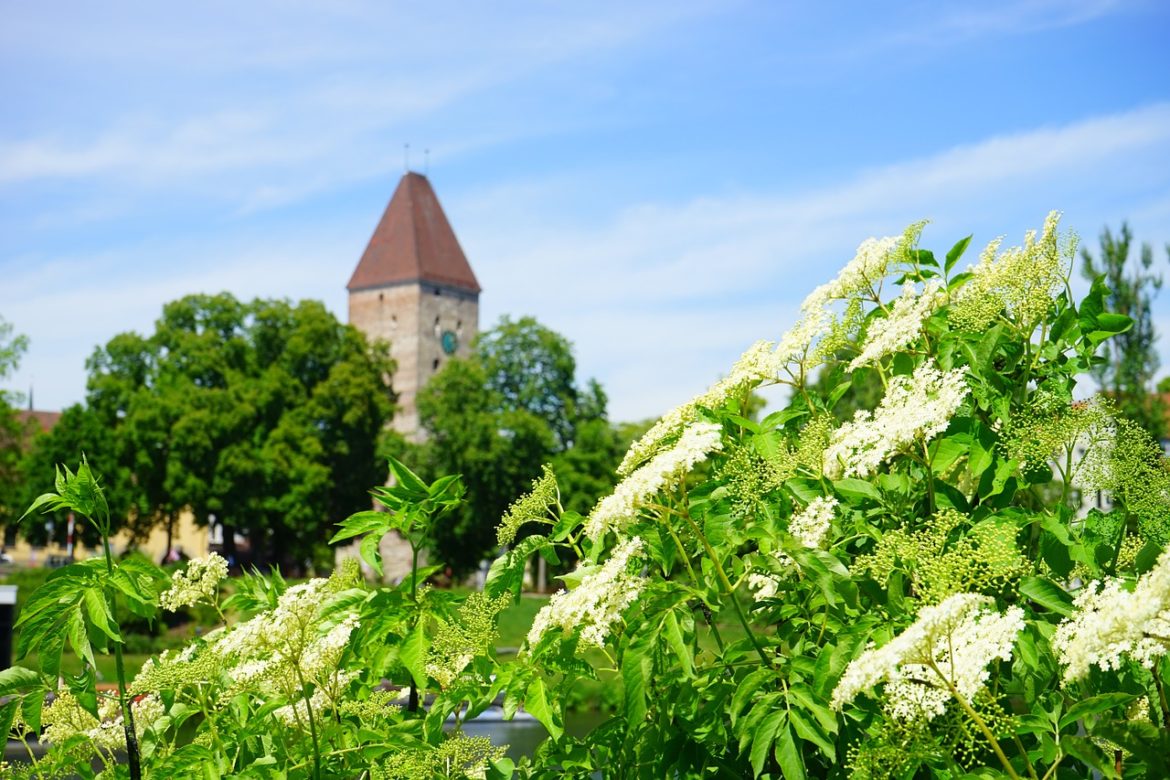For over a hundred years, from the middle of the 19th century to the postwar period, the indigenous Sámi minority of Norway was the target of an official policy of forced assimilation, essentially an attempt at ethnocide, which brought the Sámi language, way of life, and society to its knees. The painful process, very similar in many ways to the boarding school system of Canada, was however fiercely challenged by a new generation of young Sámi activists that ultimately brought the government to acknowledge the rights of the Sámi nation and the need for official representation. This liberation movement, which arose in the ’60s and ’70s, ultimately lead to a dynamic revival of Sámi culture that can still be experienced today: from summer arts festivals to academic representation and the spread of traditional crafts, contemporary Sámi culture, despite still facing numerous challenges, is more vigorous than ever before. In this teeming milieu of cultural development, numerous young Sámi figures have sprouted up in the past couple of years to showcase the intersection of their unique artistic vision and their traditional background. It is in this context that Elin Kåven, a singer, artist, and dancer from Karasjok in Arctic Norway has grown and developed her artistry, all the way from the frozen expanses of her hometown to the country’s most famed stages.




